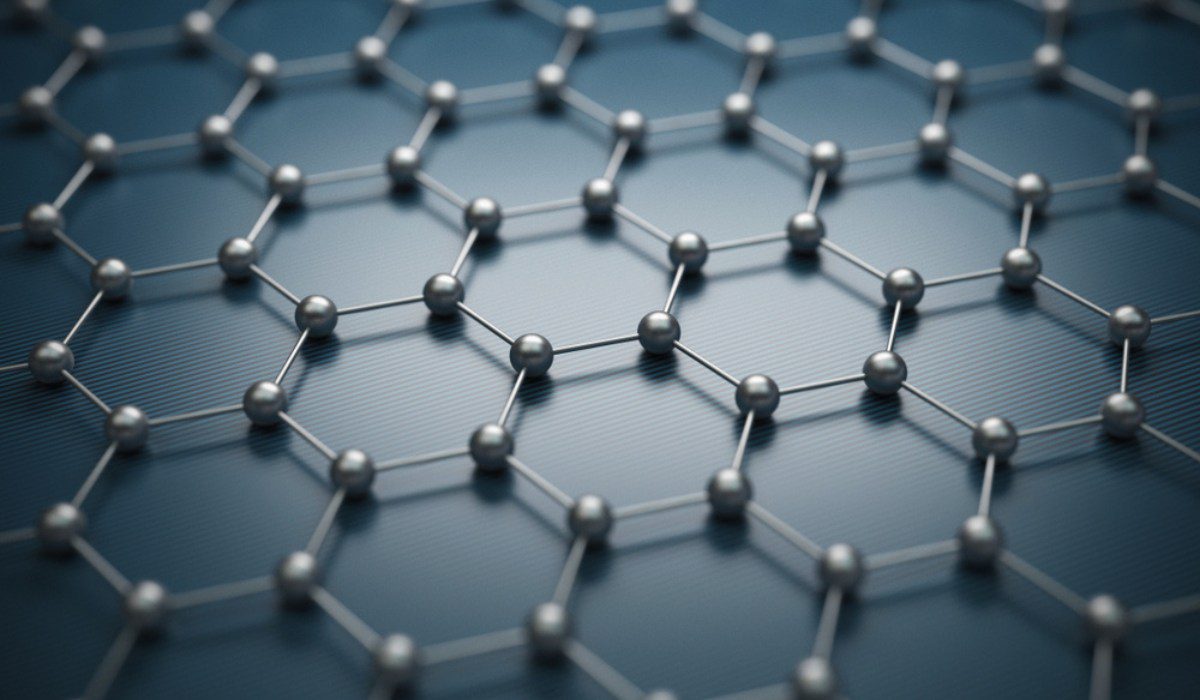The future of a cool, cosy space has moved beyond the air conditioner. Over the last decade, there have been unprecedented innovations in nanotechnology that are paving a breakthrough in how we keep our premises comfortable while cutting down costs. Nanotechnology is the science of matter manipulation. It harnesses the power to minimise the heat impact and make our spaces more bearable, even in the hottest climates. It holds immense potential to redefine comfort and enhance the quality of our living and working environments.
We are in the nascent age of modern architecture that uses glass, steel and concrete in buildings. While it makes the design stand out and gives a luxurious feel, it comes with some functional flaws. Glass allows heat to pass in and out easily. Nanotechnology changes the game. It prevents rapid weather transfer by insulating the glass while maintaining transparency.
Nanotechnology breakthrough
The functions of nanotechnology are limitless. Adaptive coatings and textiles are some examples that have enabled us to find convenience in our daily functions.
Adaptive Coatings
The creation of nano-engineered innovative coatings is a development in the pursuit of year-round comfort. These coatings can be applied to surfaces like windows, walls and glasses to provide them with unique properties that respond to external influences. Intelligent layers, for instance, can dynamically adjust their transparency to regulate the amount of sunlight entering a room to manage heat and glare. In addition, they can repel water and stains and act as insulation to increase comfort and energy efficiency.
Adaptive Textiles
Nanotechnology is revolutionising adaptive textiles, enabling remarkable progress in their development. These innovative textiles can respond to environmental signals, such as temperature, humidity and light, by incorporating nanoscale particles within the fabric structure. This allows the fabrics to regulate body temperature, effectively remove moisture and enhance overall comfort, regardless of the season or weather conditions. Through intelligent property adjustments, these adaptive textiles provide individuals with unparalleled ease and adaptability, ensuring a comfortable and enjoyable experience in various climates and environments.
Application
Nanotech has opened doors to personalised comfort solutions tailored to individual preferences. With sensors and data analysis advancements, nano-enabled devices can monitor physiological and environmental factors in real time. Smart wearables with nano-sensors can control body temperature, optimise airflow and provide targeted heat or cooling to specific areas, ensuring an individualised comfort experience in our daily lives.
Nanotechnology is pivotal in developing energy harvesting and management systems for establishing sustainable and comfortable environments. Using nanoparticles, such as piezoelectric and thermoelectric compounds, makes it possible to convert temperature variations and environmental vibrations into valuable energy. This energy can power intelligent thermostats, ventilation systems and other devices that regulate indoor climate. By harnessing these nanotechnologies, maximum comfort can be achieved while minimising energy consumption. Integrating nanotechnology in energy harvesting and management systems enhances efficiency and promotes sustainability, paving the way for an eco-friendly and comfortable future.
With increasing concerns about air quality, nanotechnology has emerged as a groundbreaking solution for air filtration and purification. By incorporating nanoparticles like metal-organic frameworks and carbon-based nanotubes, filters can vastly improve their ability to capture and neutralise pollutants, allergens and airborne pathogens. These nanomaterials offer enhanced surface area and chemical reactivity, allowing efficient removal of harmful substances from the air. As a result, indoor environments benefit from cleaner and healthier air, leading to improved comfort and overall well-being throughout the year. Nanotechnology-driven air filtration systems can fight air pollution and provide individuals with purified air.
In conclusion
Even though minimalism has led to architectural advancement, it has created pressure on other factors – additional electricity costs, warmer temperature inside the premises and discomfort. Nanotechnology will undoubtedly revolutionise year-round comfort and introduce new possibilities for enhancing our spaces through adaptable clothing, intelligent coatings and air purification systems. As this field of study develops, we can anticipate an environment that will no longer constrain comfort and will optimise nanotechnology, making every day comfortable regardless of the season or location.
(The author is the Director at HeatCure)
| Got any questions or point of view on our article? We would love to hear from you. Write to our Editor-in-Chief Jhumur Ghosh at jhumur.ghosh1@housing.com |






